It seems like everyone is making money off of NFTs, or non-fungible tokens, those digital artworks that have been labelled the next investment mania. Everyone, that is, except for you. It’s the same feeling you had when you realised GameStop’s stock was a thing and you missed the boat sailing toward easy riches. Bitcoin, too — had we only kept our silly mining utilities on our PCs running 24/7 a decade ago.
But the latest get-rich craze is now upon us. Now you, too, can own a digital asset that’s legitimised by the blockchain: wild and wacky items like a column from The New York Times ($US584,000 ($765,215)), 81 Deadmau5 images ($US50,000 ($65,515)), or you-know-who ($US501,000 ($656,460)). (Yes, someone paid seven Teslas’ worth for an “authentic” version of that pop-tart cat, whatever authentic means here.)
There are a lot of issues surrounding NFTs: what you’re actually getting for your money, what you can do with that item, what it means when a million duplicates of your original also exist in the real world, what it means when the source of your expensive NFT (like a popular digital trading-card site, for example) no longer exists in ten years, the copyright issues involved when someone creates an NFT of someone else’s idea or work, the environmental issues related to the energy cost of playing in the blockchain…the list goes on.
If you don’t care about any of this and you just want to learn how to make your own NFT to either get rich quick or have a little fun, you might be surprised to find just how easy it is. And, spoiler, it ain’t free — at least, not if your NFT sells.
Listing an NFT is as easy as eBay
I’ll start with an assumption: that you want to create your NFT on the Ethereum network (ETH), which is where most people are playing nowadays. As a result, you’ll have to pay for gas — an amount that varies by network congestion, designed to cover the cost of your computations on the blockchain. In other words, you’re blocked from using a script to crank out 100,000 NFTs in the hopes that you can sell a small handful to make some cash. Rinse, wash, repeat; you would be paying a small fortune for that scenario — unless you switch to an a service like OpenSea.
“The new collection manager allows creators to make NFTs without any upfront gas cost, as the NFT isn’t transferred on-chain until the first purchase or transfer is made.
We call this lazy minting. It unbundles the on-chain issuance of your NFTs from the metadata.”
Back to creating. To keep this easy, we’ll create an NFT on Mintable, one of the “household names” of NFT marketplaces that makes it simple to launch your own item into the blockchain without paying gas to launch the listing. Start by creating a free account on the service, which will require you to enter a verification code sent to your email address. Easy.
Next, create a MetaMask Wallet to use with the service — where your digital currencies will live. You’ll start by installing a browser extension:
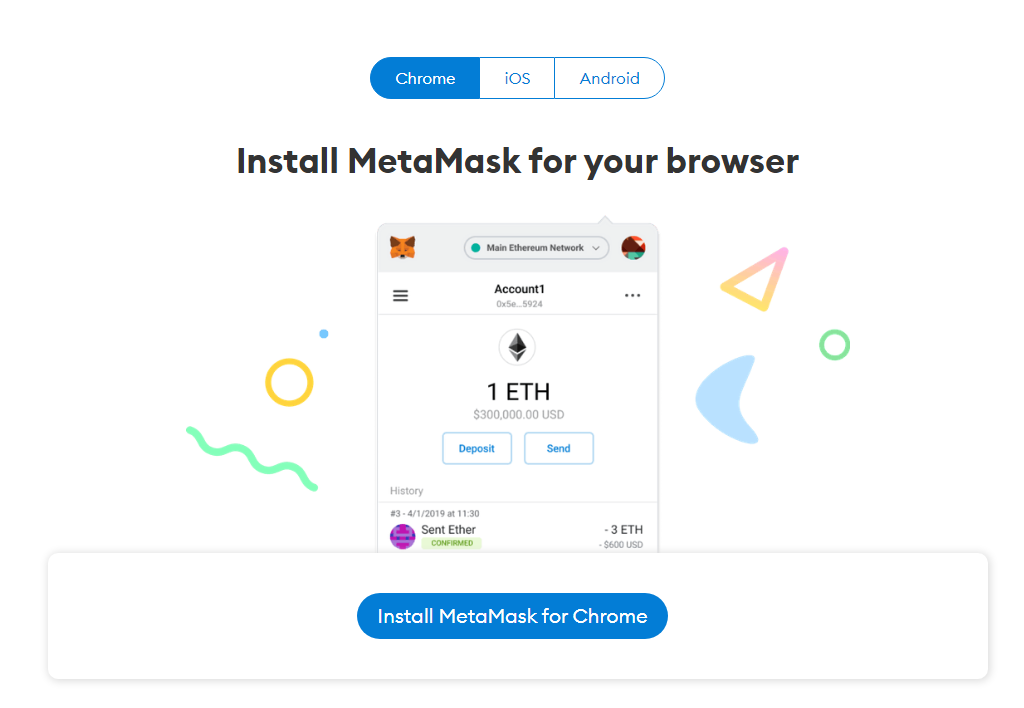
To set up a new MetaMask wallet, you’ll need to submit a password. You’ll get a “seed phrase” in return, which is a list of 12 random words. Write that down somewhere; it’s your backup code that will let you into your wallet in case you ever misplace said password. You’ll then have to confirm said seed phrase to continue:
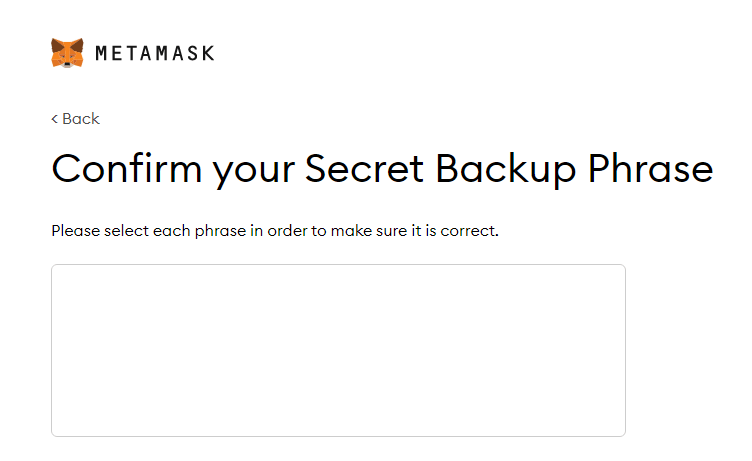
Once you’ve done that, your wallet is good to go:
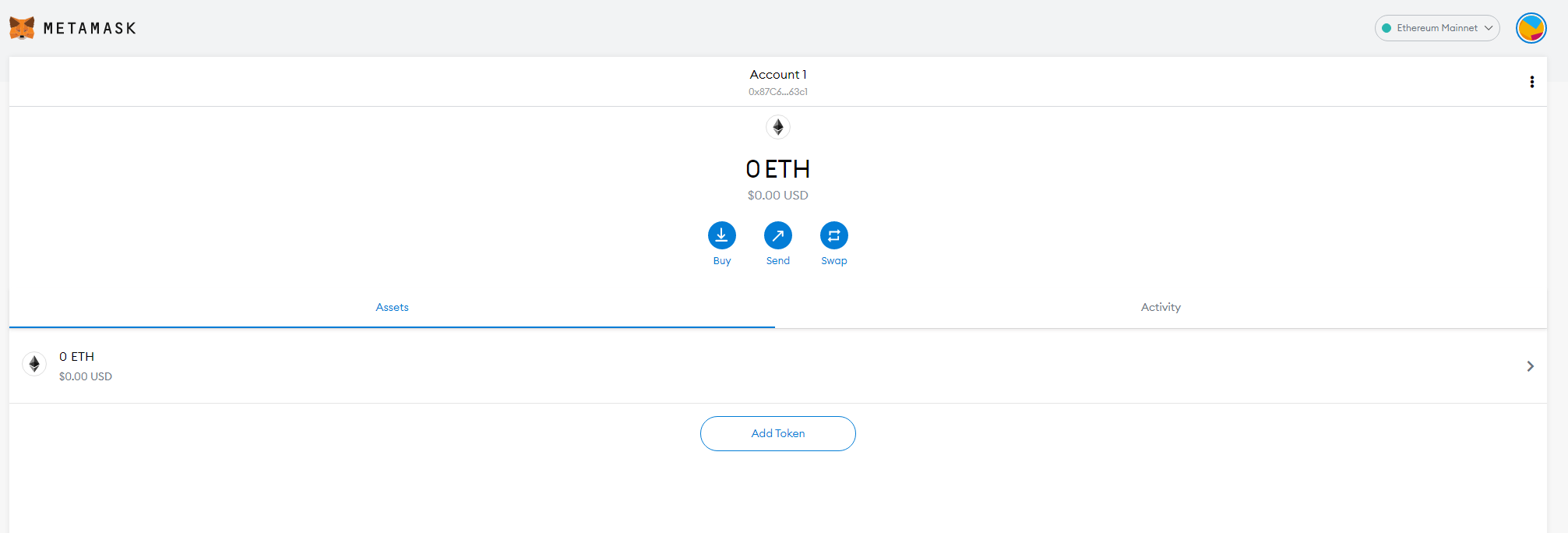
Head back to Mintable and click on “Mint an item.” You’ll be asked to pick whether the NFT already exists in your wallet (it doesn’t), or whether you’re creating a new one (you are). Mintable will default to a gasless NFT — remember, that’s where you can upload anything you want, and it won’t enter the blockchain (and incur fees) until it’s sold or transferred. If you want to do things the “old-fashioned way,” click the slider over to Advanced mode, where you’ll be able to select the transaction model instead. (Hello, upfront fees.)
You won’t have to connect your MetaMask wallet to begin filling out the details for a gasless NFT. But you might as well save your self a step and click on the big purple “Connect a Wallet” link in the site’s upper-right corner. After a few clicks, you’ll be set.
As for the NFT, your screen will look like this:
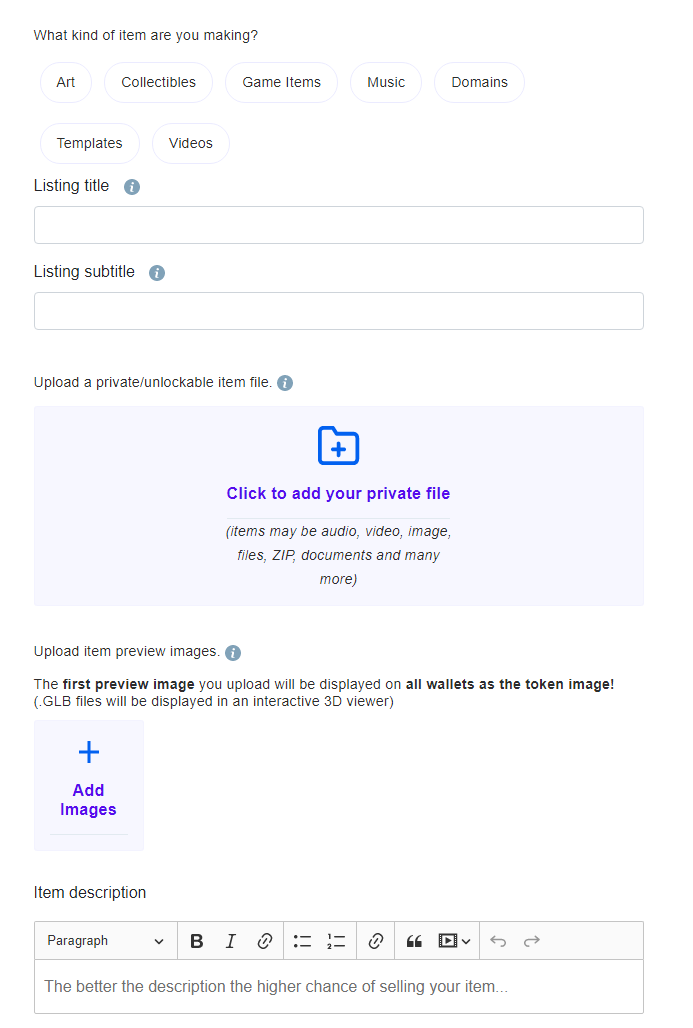
Fill out the details, add your file, add any preview images you want to use, throw in a description, and select whether you want the item’s copyright to transfer over once a sale is made. You can then set a fixed price for the item, set up an auction, or choose a hybrid of both. And that’s about it; it’s as easy to list as an eBay item.
It costs money to make (or lose) money
No matter what platform you’re using, make sure you’ve done your homework and you fully understand what you’re getting into and what you’ll be charged to sell NFTs. That includes gas fees, any transaction fees a service takes as part of an operational cost (like eBay), and how commissions for future secondary sales work. What do you get? What does the service get? You might very well end up losing money even if you make a successful sale, which is going to be difficult enough itself.
But, hey, that’s the nature of the game. It’s a hot market right now if you can get the right goods, but it can have just as much of an impact in reverse for people caught up in the hype cycle with little to show for it. Good luck to you, fortune-seeker.
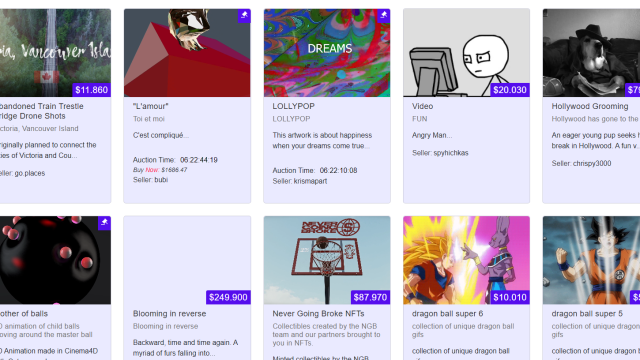
Leave a Reply
You must be logged in to post a comment.